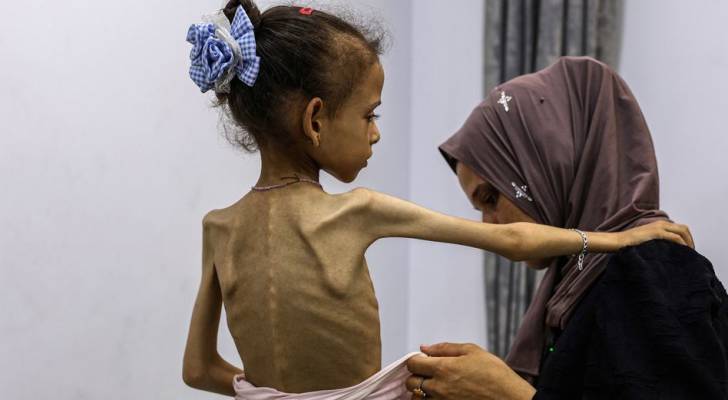Conflicting narratives: “Israel’s” split messaging on Gaza famine exposed
Conflicting narratives about the humanitarian catastrophe in Gaza, depending on the language of its audience, are what followers are now noticing on the "Israeli" military’s various social media accounts.
On its English-language Instagram page, the Israel Occupation Forces (IOF) denied that famine exists in Gaza, insisting that humanitarian aid is entering the strip daily.
View this post on Instagram
Yet at the same time, Avichay Adraee, the IOF’s Arabic-language spokesperson, posted an AI-generated image of senior Hamas leaders dining abroad. The caption read, “While the people of Gaza suffer, Hamas leaders are conducting their terror from beyond the seas,” ending with the line: “Gaza, for them, is a dish on the table.”
View this post on Instagram
The dual messaging sparked an immediate backlash. Users accused the IOF of manipulating its narrative to suit its audience, acknowledging the suffering in Arabic to turn the public against Hamas, while denying it entirely in English to deflect global condemnation.
Critics called it a propaganda stunt that not only exposes the IOF’s hypocrisy but also reflects a cynical strategy: weaponizing Gaza’s suffering when politically convenient, and erasing it when inconvenient.
The conflicting posts come amid mounting evidence of mass hunger and deliberate aid obstruction in Gaza. With images of starving children continuing to emerge, many see the IOF’s contradictory claims as part of a broader campaign to control the narrative while distancing itself from accusations of using starvation as a tool of war.
As famine and desperation escalate, the IDF’s two-faced messaging highlights the growing gap between ground realities in Gaza and the carefully curated versions of truth being broadcast to the world.




